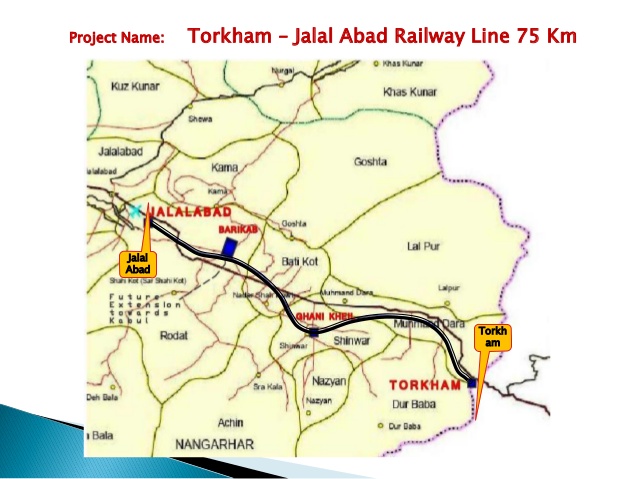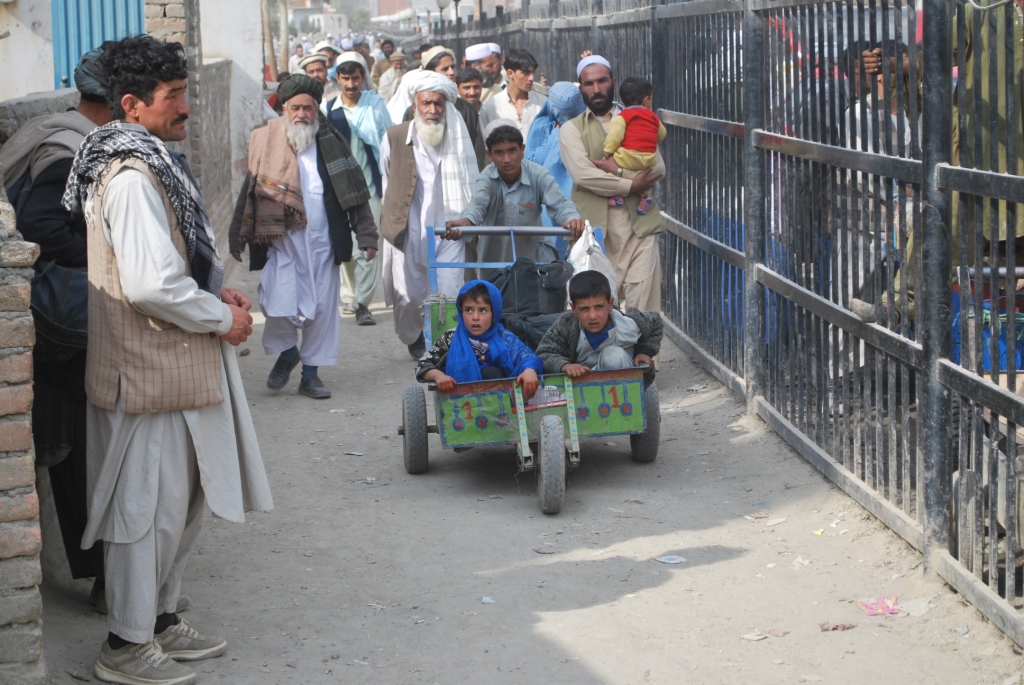Last Sunday (April 9th) CNN published a report of another American soldier killed in action while fighting in Afghanistan. The operator; Staff Sgt. Mark R. De Alencar, 37 from Edgewood, Maryland, a member of the 1st Battalion, 7th Special Forces Group (Airborne); was killed in while battling with Khorashan in the Nangarhar province. Today the pentagon announced it had dropped the “mother of all bombs”, a GBU-43 Massive Ordnance Air Blast (MOAB) on Islamic State in Iraq and Syria-Khorasan province, or ISIS-K.
Readers who have followed our combat efforts overseas will remember the Khorashan Group as a fake news story floated to justify the use of American tac air in Syria. During the summer of 2014, James Clapper, the US Director of National Intelligence for the Obama administration, released a dire warning about a new threat emanating from Syria called the Khorashan Group. A collection of 50 experienced, hard core former Taliban leaders in Syria specifically to develop external attacks, construct and test improvised explosive devices and recruit Westerners to conduct operations targeting the USA and Europe.
The Khorashan Group story was instantly outed on the internet. I was confused to see the ISIS group in Nangarhar province called Khorashan; they have been there for years and I had never seen them called Khorashan before so I started looking into the ISIS problem in Nangarhar and found a hell of a strange story.

The current ISIS-K is not related to the former Khorashan group and probably got that name from the excellent Afghanistan Analysis Network (AAN). In July, 2016 Boris Osman of AAN published a report titled The Islamic State in ‘Khorasan’: How it began and where it stands now in Nangarhar. Boris explains in detail where ISIS came from, how they gained a foothold, why they remain and also why they are not spreading outside of Nangarhar province. He also get’s the credit (as best I can tell) for the adding Khorashan to ISIS when referring to the ISIS movement in Nangarhar. The Afghan’s, like the Arabs, call them Daesh which seems easier to me but conflict analysts seem to like more specificity.
The ISIS-K designation makes sense when divorced from the bogus Khorashan Group of 2014. The definition of Khorashan (from the article linked above) is pasted below:
Khorasan is a historical term for areas populated by peoples speaking Iranian languages in northeastern Iran, the Transoxania part of Central Asia (Mawr-un-Nahr) and Afghanistan, mainly north of the Hindu Kush Mountains. In IS propaganda, it now comprises all of Afghanistan, most of Pakistan as well as Central Asia. Its reaches are felt as north as Kazakhstan and in eastern Turkistan.
That definition encompasses a wide range of tribes and peoples including Tajiks, Uzbecks, and the Hazara who do not normally cooperate with the largely Pashtun Taliban. Four main themes resonate throughout its propaganda: the duty of violent jihad, ISIS’s own legitimacy in fronting this cause, the trans-nationalism of its movement, and the discrediting of the “deviance” of its jihadi rivals. The propaganda is sophisticated and designed to affirm its legitimacy, and therefore “ownership” of the Afghan jihad.

The most important road in Afghanistan runs from the Torkham border crossing in Jalalabad province to Kabul. Over eighty percent of Afghanistan’s trade comes across that border which is a direct link to Pakistan’s ports. In 2010 Pakistani Taliban, mainly from Tehrik-e Taleban Pakistan (TTP) started to settle in Achin, Nazian, Kot, Deh Bala, Rodat and Ghanikhel districts. They invoked Melmastia from the local communities saying it was their moral obligation to help their Pashtun brothers escape the Pakistani army which was mounting operations targeting the TTP in the Northwest Frontier.

Fast forward to 2014; the muhajerin (refugees) from Pakistan have continued to settle in Nangarhar, but then the Pakistani army starts operation Khyber II, and militants from the Pakistani tribal agencies flood across the border to get away from them. Mule trains full of weapons and ammo, some of them 50 animals long, arrive daily in the Mamand valley in the Achin district along with hundreds of militants. Suddenly, the mujahideen declare they are now ISIS and evict the Taliban from the districts they control, but leave the Afghan security forces alone. The locals are happy because trade is moving, Taliban and government roadblocks are down, and nobody is shooting at anybody.
But then the Taliban attacked ISIS in Nazim district, and all hell broke loose with ISIS battling back hard and taking control of five districts by June of 2015. Then the Taliban call in their “elite forces” from Loya Paktia and Loy Kandahar, and these guys infiltrate the Mamand valley (in Achin district) one night during Ramadan, and (from the linked AAN article):
……. on 3 July 2015, local men (including those not usually sympathetic to the Taleban) and Taleban rose up together against ISKP, with calls by the Taleban via the mosque’s loud-speakers for all men of fighting age to come out and participate, or face seeing their homes burnt down. Taken by surprise, the ISKP fighters retreated from most of Mamand valley by the end of that day.
Could you imagine that? Every mosque in the valley telling the locals to fight the Daesh (which is what they call ISIS-K) or else? I would have loved to have seen that, and now, at the head of that same valley, we dropped a MOAB on the caves where those donkey train loads of weapons were stashed. But how the hell does the Taliban shift elite forces around the country? I have some experience moving truckloads of armed men around Afghanistan, and even when it was legal, it was hard to pull off. It’s impossible now (for us foreigners), but the Taliban did it. Where were the Afghan Security Forces and Resolute Support in all this? They have been targeting ISIS-K with drones in the past, have fought them before, and are fighting them now.
Afghanistan, a country I honestly love, is a weird damn place where the most improbable things like the population of an entire valley; reinforced by elite Taliban units from Kandahar and Paktia, stage an uprising and drive out a powerful foe in one day; happen as a matter of routine. Amazing.



Nangahar was the mythical Kafiristan of Kipling’s “The Man Who Would Be King”. The farthest, remotest place away from the Raj. My understanding is that the terrain is among the most rugged in the world. How does anyone move people easily?
Nangahar’s only real value seems to as as hiding place.